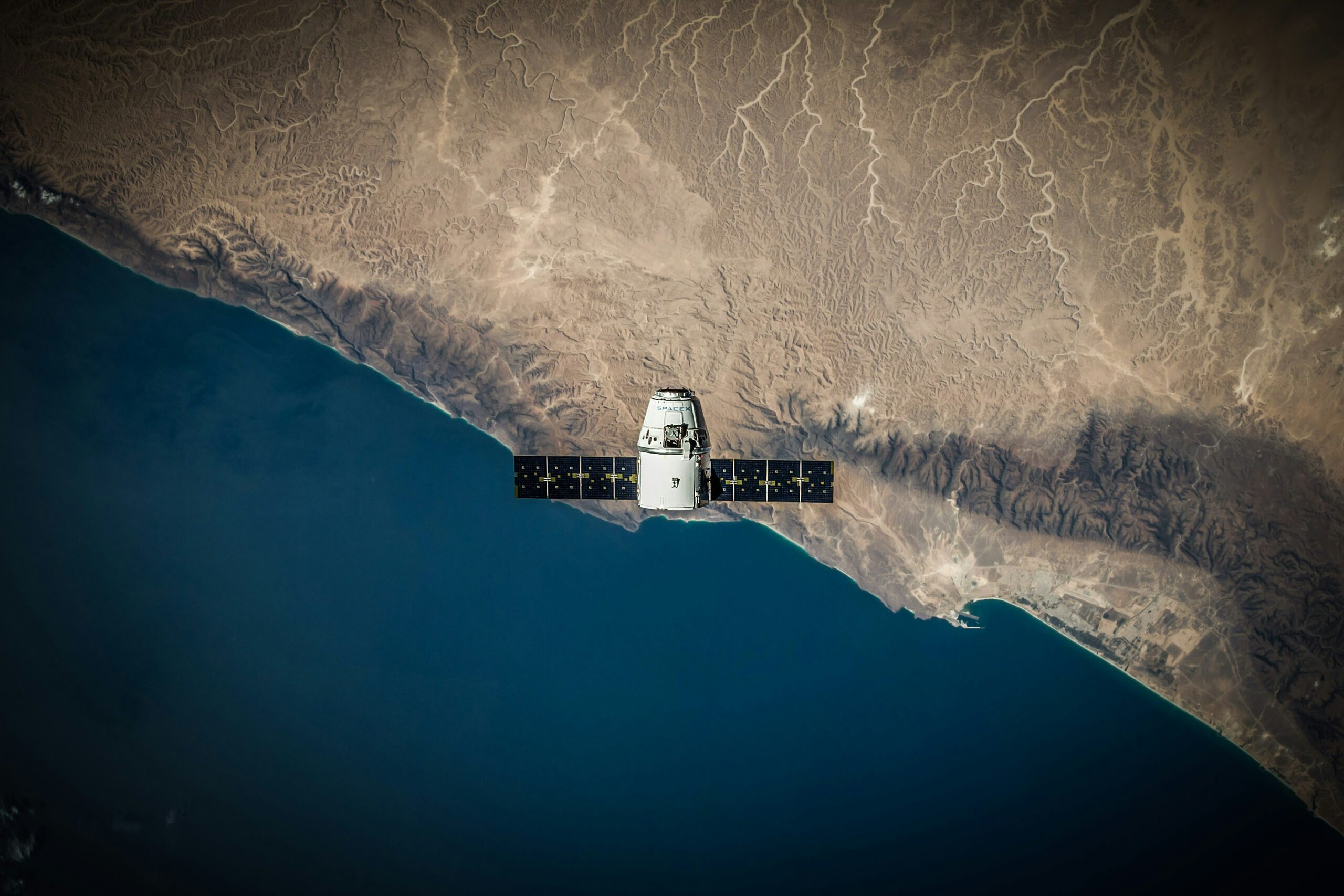Photo by SpaceX
Groundbreaking research using satellite imagery and artificial intelligence has provided the first comprehensive evidence that strictly protected marine reserves successfully deter illegal fishing, offering new hope for ocean conservation efforts worldwide.
The peer-reviewed study published in Science analysed 1,380 marine protected areas (MPAs) globally and found that 78.5% had no commercial fishing activity, demonstrating that the most rigorously enforced marine reserves are not merely “paper parks” but effective conservation tools.
Revolutionary monitoring technology
The research represents a major breakthrough in marine surveillance capabilities, combining data from Automatic Identification Systems (AIS) with Synthetic Aperture Radar (SAR) satellite imagery to detect previously untraceable fishing vessels. The methodology, developed with Global Fishing Watch, can identify vessels regardless of weather conditions or whether they broadcast their location.
Juan Mayorga, a scientist with Pristine Seas and co-author of the study, emphasised the technological advancement: “The ocean is no longer too big to watch. With cutting-edge satellites and AI, we’re making illegal fishing visible and proving that strong marine protections work.”
The research revealed that AIS data alone missed almost 90% of fishing vessel detections within MPAs, highlighting the critical importance of combining multiple surveillance technologies to capture the full scope of ocean activity.
Effectiveness of marine protection levels
The study’s findings demonstrate a clear correlation between protection levels and fishing compliance. Of the MPAs where satellite images detected illegal fishing activity, 82% averaged less than 24 hours of activity per calendar year. Strongly protected MPAs had, on average, nine times fewer fishing vessels per square kilometer than unprotected coastal areas.
However, the research also identified areas of concern. MPAs with significant fishing activity included those in the Chagos Marine Reserve, the South Georgia and South Sandwich Islands, and the Great Barrier Reef Marine Park, each registering approximately 900 hours of fishing activity per year.
Economic benefits of compliance
Lead author Jennifer Raynor, a professor of natural resource economics at UW–Madison’s Department of Forest and Wildlife Ecology, highlighted the practical applications: “By using satellites to track fishing vessels, countries can predict the locations of illegal activities and target patrol efforts, saving both manpower and money.”
The research supports growing evidence that marine protection benefits the fishing industry itself. Enric Sala, study co-author and National Geographic Explorer in Residence, noted: “Because strictly protected marine areas discourage illegal fishing, fishes are far more abundant within their boundaries, they produce more offspring, and help replenish surrounding areas. In other words, the fishing industry benefits from following the rules.”
Spillover effects boost fisheries
Supporting data shows that MPAs generate significant spillover benefits for commercial fisheries. A 2024 study revealed that fishing catch per unit effort increases, on average, 12% to 18% near the boundaries of large fully protected MPAs. This spillover effect benefits species ranging from small and sedentary creatures like lobsters and scallops to large migratory species such as tuna.
Global implications for marine policy
The research provides crucial evidence for policymakers designing marine conservation strategies. The study demonstrates that when MPAs are minimally or lightly protected, conservation benefits practically disappear, underlining the importance of robust enforcement mechanisms.
Sala emphasised the policy implications: “Illegal fishing takes place in areas of the ocean set aside for protection, but using satellites we have found — for the first time ever — that the level of protection determines how much risk industrial fishers are willing to take on. The stricter the rules in place to conserve ocean areas, the more benefits nations receive.”
Technological advancement in enforcement
The methodology addresses long-standing challenges in marine enforcement, where inaccurate data, limited resources, and the vastness of the ocean have made effective monitoring difficult. By analysing five billion vessel positions and using AI models to identify so-called “dark vessels” that operate to evade detection, researchers have created a powerful new tool for assessing fishing compliance.
Mayorga explained the significance: “No single dataset can solve the challenge of monitoring fishing activity at sea; each has its blind spots. But when we combine them, their power emerges. By fusing AIS tracking with satellite radar imagery and AI, we are now much closer to the full picture of human activity across the ocean.”
Climate resilience and ecosystem health
The research comes as marine ecosystems face mounting pressure from climate change. The study also provides evidence that strictly protected MPAs not only restore marine life within their boundaries but also build resilience against ocean warming while providing jobs and economic benefits to local communities.
Future applications
The breakthrough methodology offers new possibilities for marine conservation enforcement worldwide. Countries can now use satellite tracking to predict illegal fishing hotspots and deploy resources more effectively, potentially transforming how marine protected areas are monitored and enforced globally.
The study represents a collaboration between National Geographic’s Pristine Seas program, which has helped establish 30 marine protected areas spanning more than 6.9 million square kilometres of ocean since 2008, and various academic institutions working to advance marine conservation science.
